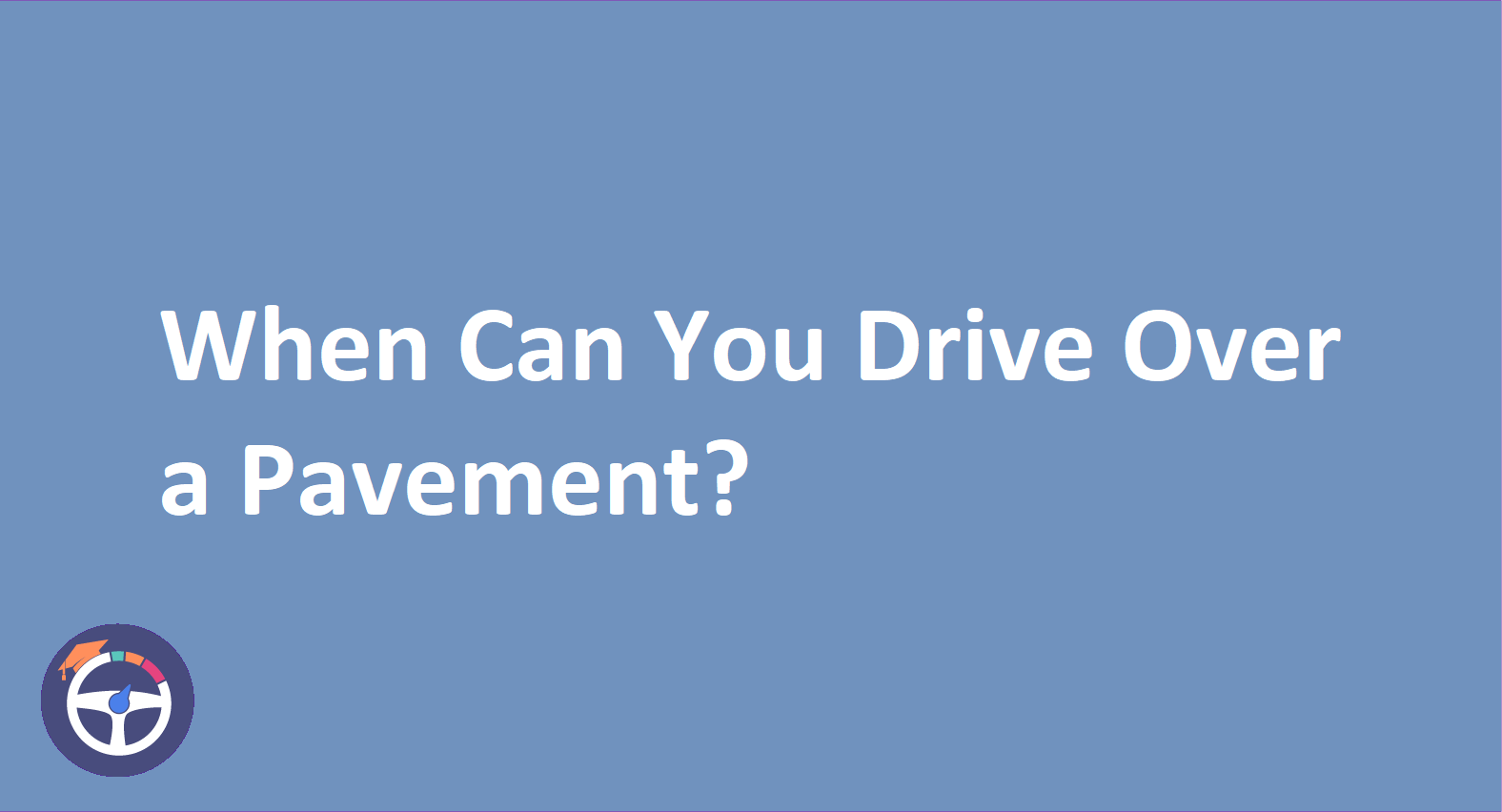When Can You Drive Over a Pavement?
Driving on or over a pavement is illegal, unless it's necessary to access a property. If you must cross a pavement, always give priority to pedestrians.

Contents
- When Can You Drive Over a Pavement?
- Pavements Are For Pedestrians
- The Exemption: Accessing Your Property
- First Things First: The Proper Way To Cross A Pavement
- Alternatives to Consider:
- The Verdict: Be Mindful Of The Pavement
As everyone knows pavements—or sidewalks in some places—are meant for pedestrian use. It depends as with most things in life if you need to use your driveway or parking lot. Can you just hop the curb and cut across the sidewalk? In order to ensure that you drive over pavements responsibly, this blog delves into the laws and etiquette surrounding the practice.
Pavements Are For Pedestrians
Pavements serve the obvious purpose of giving pedestrians a safe place to walk. People walking, particularly small children and the elderly are put in danger when cars drive on them. Therefore, pavement in driving is generally forbidden.
The Exemption: Accessing Your Property
When may you drive over a pavement? There is an exception which is good news for drivers. You can carefully cross the pavement to enter or exit your driveway parking lot or any other area designated for parking your car. The important thing to remember is: To proceed cautiously and give pedestrian safety first priority.
First Things First: The Proper Way To Cross A Pavement
Safety comes first even if you are legally permitted to cross a pavement to get to your property. How to guarantee a seamless and secure maneuver is as follows:
1. Decrease Speed and Give a Signal: As you get closer to the curb lower your speed considerably. When you’re ready to get on or off the road, turn on your turn signal.
2. Yield to Pedestrians: It is important to yield to pedestrians. On pavement pedestrians ALWAYS have the right-of-way. Before moving forward, stop completely and give any pedestrians a safe space to cross.
3. Watch Out for Kids and Bicyclists: Pay close attention to kids who might be playing close to the curb. Or kids who are riding in the designated bike lanes on the sidewalk.
4. Keep Your Speed Down: After you’ve entered the pavement proceed at a steady moderate pace. Keep in mind that people may be walking into or out of adjacent buildings so be ready to stop quickly.
5. Reduce the Distance: Avoid making a diagonal cut across the whole pavement. To save your car as much space as possible on the pedestrian walkway make a straight perpendicular crossing.
Alternatives to Consider:
There may be other less-expensive options in some cases to get onto your land without using the pavement. Consider the following few options:
1. Wider Driveways: To facilitate a more seamless transition from the road to your property if you’re planning renovations, think about enlarging your driveway entrance.
2. Shared Driveways: To reduce the need for both vehicles to cross the pavement talk to your neighbor about designating an entrance and exit point for your shared driveway.
3. Off-Street Parking: If there is a designated driveway or parking lot think about parking your car off-street. By doing this there is no longer any need to drive on the pavement.
The Verdict: Be Mindful Of The Pavement
Remember that sidewalks are meant for foot traffic. Although it is legal for you to cross them in order to get to your property you should always exercise caution. As a responsible driver, you can guarantee the safety of all road users. This includes pedestrians as well.


